Stories, Not Just In Fiction
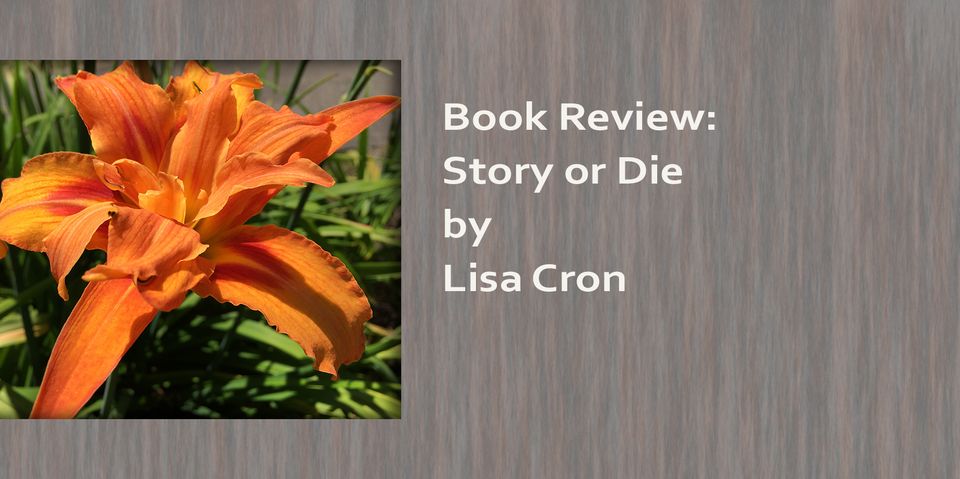
Book Review: Story or Die by Lisa Cron
Ten Speed Press (2021)
I planned to write a review about either Story Genius or Wired for Story, two books about the writing craft by Lisa Cron that dig into how the human brain is hooked on stories, but then I saw Cron had a newer book, so I read it. I knew right away that this is the book I need to tell all the Gardeners about.
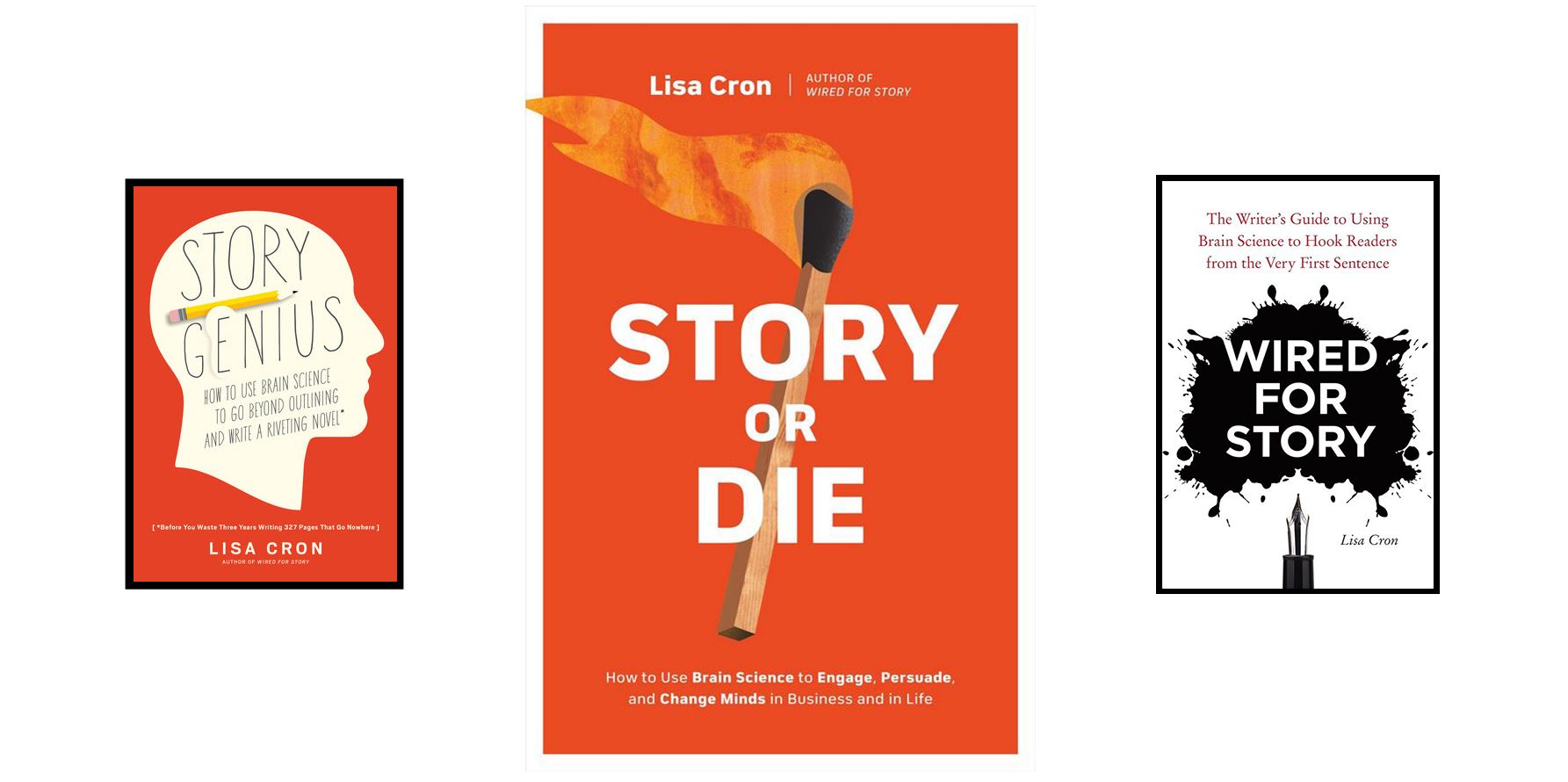
Story or Die reaches beyond writing fiction and explains how anyone can use story to get their point across, so Climate Story Gardeners can follow its suggestions to help persuade others to act on the climate crisis. It draws on all the same information as her two writing books, but it also delves deeply into the art of understanding your audience (as in all those people who are sitting on the fence, or have given up, or claim to be a climate denier). Writers can use this book, too, when preparing to launch their crowdfunding campaigns.
Cron’s main argument for how stories change minds can be summed up by this quote from the book:
“Throw facts at us, we duck. Personify those same facts in a story, we lean in. Not by choice but because we’re biologically helpless against an effective story. That may sound like hyperbole, but it’s not. As behavioral scientist Dr. Jennifer Aaker points out, we are twenty-two times more likely to remember something we learned in a story over something someone explained to us.”
Cron points out that a story can be two words, an anecdote, or a novel, but there are important steps to follow in crafting any of them. It is all about the audience—identifying them, understanding their viewpoint, digging deep to find out what their hidden resistance is, one that they themselves might not even understand. Your audience could hold a misbelief about the problem that needs addressing, or you as the storyteller might be making wrong assumptions about why your audience is so resistant.
After following Cron’s advice on researching your audience, you can move into crafting the story. She emphasizes an important first step here too—refining the point you are trying to make by pinpointing a specific emotion instead of a general one like fear or anger. She says:
“Given your target audience, their tribe, and what they hold dear, what emotion can you evoke that will let them know that you’ve heard them and that you’re on their side?”
The last third of the book leads you through the creation of the actual story, and it’s all excellent advice. Before you get there though, if you have applied what you’ve learned in the first two sections of the book, you will have created a strong foundation to build your story upon. All throughout the book there are great case studies to provide models for you to picture how it works. Still, it’s a lot of hard work, but with all that is at stake, this is a skill we need to learn.
Cron ends the book by saying:
“Stories are entertaining so that we’ll pay attention to them. It’s not a choice. When a story has us under its spell, it’s hacked our brain, whether we’re aware of it or not. When the story ends, we emerge changed. And then we go out, and we change the world.” She adds, “That is the power you now possess. Use it wisely.”
Read this book. Master its strategies. Whether you are a writer, a policy maker, a scientist, a teacher, or just an average person talking to a neighbor, use these story skills to save our Earth.
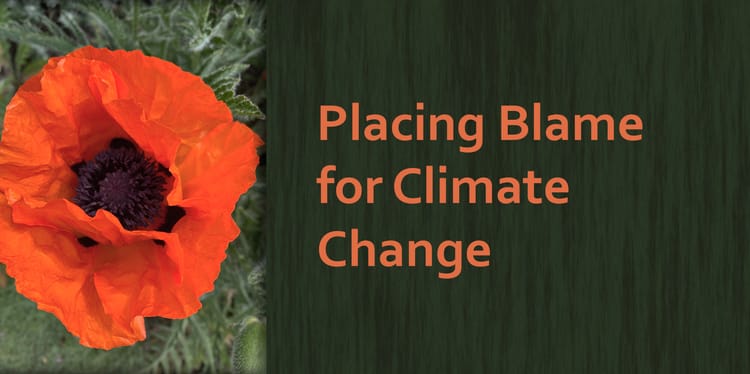
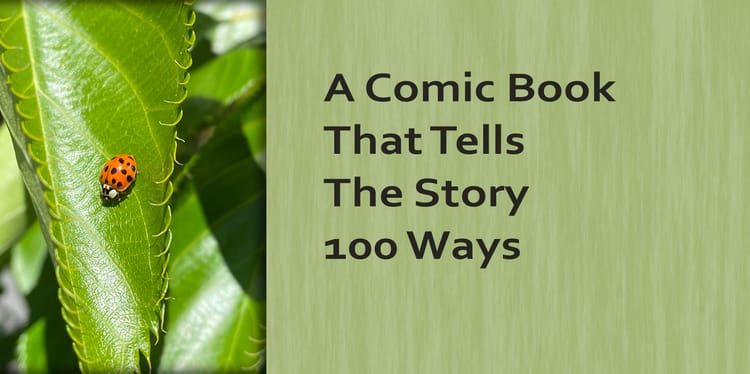
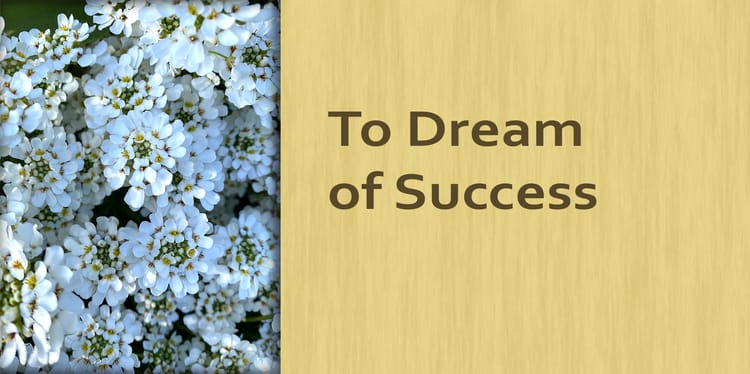
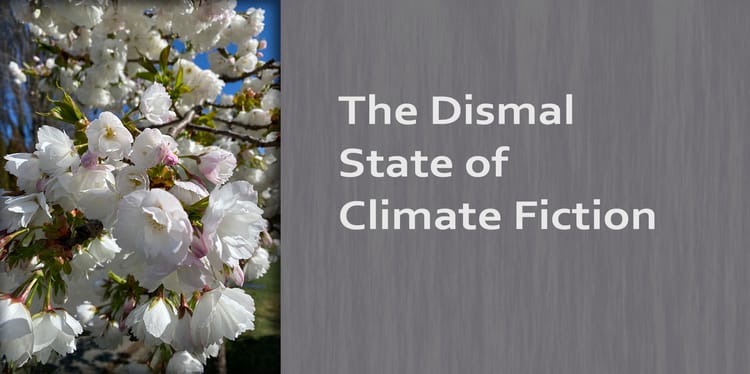
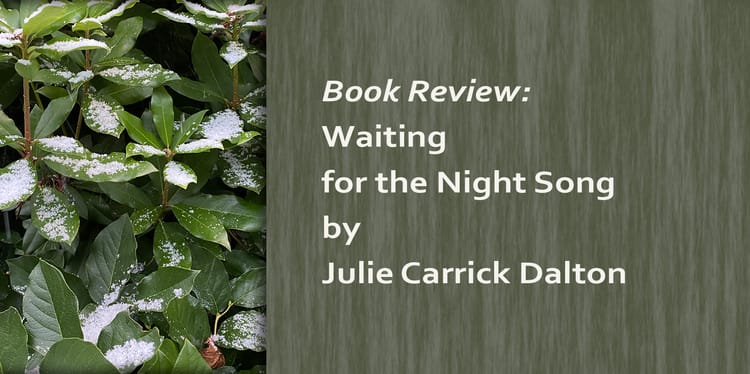
Member discussion